
 In 2005, the Texas legislature enacted House Bill 867, which allows for the early termination of the requirement for an individual to register as a sex offender if it is determined that the person is no longer a continuing threat to society.
In 2005, the Texas legislature enacted House Bill 867, which allows for the early termination of the requirement for an individual to register as a sex offender if it is determined that the person is no longer a continuing threat to society.
If you have been required to register as a sex offender in Texas, you may be eligible for this deregistration after a minimum time of registration. Whether you will be eligible for early termination will depend on whether the registerable offense meets specific criteria under State and Federal laws. In addition to determining whether your offense meets these criteria, there are other procedures you must follow and a judicial order that must be granted in order to obtain early termination. Because of the intricacies of this process and the requirement of filing for the judicial order, we recommend that you hire an experienced criminal defense lawyer to help you with the sex offender deregistration process.
Do I Qualify for Early Termination of My Obligation to Register as a Sex Offender?
1. ONLY 1 CONVICTION: The first requirement to qualify for deregistration as a sex offender is that you must only have one single reportable adjudication or conviction that requires registration under Texas Code of Criminal Procedure Chapter 62.
2. EXCEED THE FEDERAL MINIMUM TIME: The second requirement is that the minimum registration period for your reportable conviction must exceed the minimum required registration under Federal Law. Eligible offenses can be found here. For most offenses, the Federal minimum is 10 years. Texas Code of Criminal Chapter 62 specifically states that if an offense is not on this list, then it does not qualify.
Application to the Council on Sex Offender Treatment
To determine eligibility, you must submit an application to the Council of Sex Offender Treatment. To do this, you must fill out the Initial Eligibility Checklist. You will also need to obtain your Texas Department of Public Safety and FBI criminal histories. It might take a few weeks, but the Council on Sex Offender Treatment will respond by sending you a letter telling you whether you are an eligible candidate for deregistration.
If Eligible, What are the Next Steps to Deregister as a Sex Offender in Texas?
Just because an offense meets the initial requirements of deregistration, it does not mean that the person automatically qualifies for deregistration. While initially eligible, the person must move to the next steps of the procedure.
Deregistration Evaluation
Once it is determined that an offense is eligible, the next step to deregister is to undergo a risk assessment known as a Deregistration Evaluation. The person applying for deregistration is financially responsible for paying for this risk assessment and this assessment must be conducted by one of the 22 deregistration specialists that have been authorized by the Texas Council on Sex Offender Treatment. Your attorney can put you in contact with one of these specialists to have them conduct the assessment.
Judicial Order from the Original Court
The final step is to obtain an Order Granting Early Termination from a judge. To obtain an Order you must submit a Motion for Early Termination to the judge in the court that originally presided over your case. This motion must also be accompanied by certified copy of the risk assessment report prepared by the specialist in addition to a written explanation of the offense’s eligibility. After filing this Motion, the court will likely grant you a hearing by the judge where you will have an opportunity to present evidence to pursuade the judge to sign the Order Granting Early Termination. Because of this process, it’s highly recommended that you have an attorney who can help you with this process and hearing.
Are There Any Other Processes to Avoid Registering as a Sex Offender?
Under Texas Code of Criminal Procedure Section 42.017 and 42A.105, there are some limited remedies available to a person that’s otherwise required to register as a sex offender due to an offense of Indecency with a Child or Sexual Assault. Specifically, for these offenses, if:
- at the time of the offense, you were not more than four years older than the victim or intended victim and the victim or intended victim was at least 15 years of age, and
- the conviction is based solely on the ages of the defendant and the victim or intended victim at the time of the offense. Also, this must be the result of a single reportable adjudication or conviction.
If the above criteria are met, then under Texas Code of Criminal Procedure 62.301, a person may petition the court anytime at or after the date of the person’s sentencing for an exemption to register as a sex offender. An order issued under this exemption does not expire, but the court is required to withdraw the order if a person receives a subsequent reportable conviction or adjudication.
What Happens if an Order for Early Termination of the Duty to Register as a Sex Offender is Granted?
If deregistration is granted, then a person is no longer required to register as a sex offender. Getting an order for early termination does not destroy the records or remove the conviction from a person’s record, but it does mean that the threat of a new felony case being filed for failure to register is no longer a possibility. Your name will also be removed from the Texas Sex Offender Registry database.
Free Consultation | Tarrant County Deregistration Attorneys
If, after reading this article, you believe that you or a loved one might qualify for sex offender deregistration, contact our team today for a free case evaluation. We would be happy to help you get the sex offender registration requirement behind you. Contact us at (817) 993-9249.

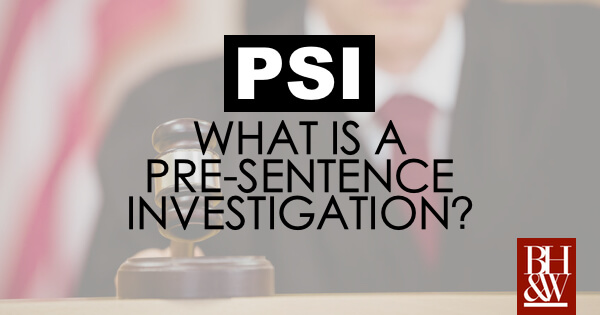
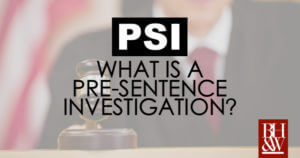 *This article relates to State cases only. It does not apply to Federal cases.
*This article relates to State cases only. It does not apply to Federal cases.
 Anytime someone gets a ticket in the mail from a red light camera, the same questions run through their mind. Do I really have to pay this ticket? Is that even me driving? How do they know whether that is me? What happens if I don’t pay this ticket? Why do we even have those cameras anyway? There are a ton of rumors out there and plenty of people ready to tell you that you do or don’t have to pay that ticket, but what is the actual answer?
Anytime someone gets a ticket in the mail from a red light camera, the same questions run through their mind. Do I really have to pay this ticket? Is that even me driving? How do they know whether that is me? What happens if I don’t pay this ticket? Why do we even have those cameras anyway? There are a ton of rumors out there and plenty of people ready to tell you that you do or don’t have to pay that ticket, but what is the actual answer? 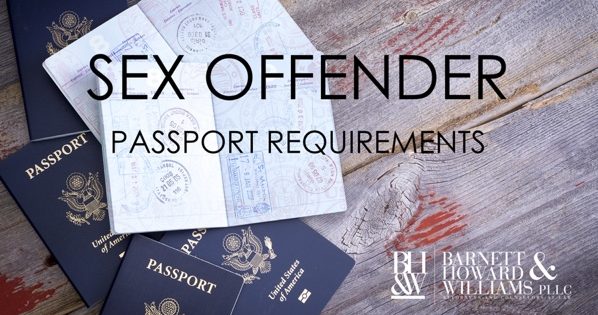
 In February of 2016,
In February of 2016, 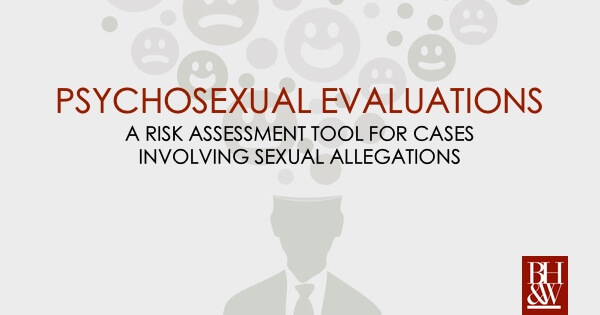
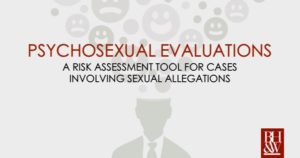 A psychosexual evaluation is a method utilized by courts, prosecutors, and defense attorneys to provide a scientific basis to determine with a person is likely to be a repeat sexual offender. The evaluation is performed by a state-licensed mental health professional and, if requested by the defense, it is completely confidential for the client and their attorney.
A psychosexual evaluation is a method utilized by courts, prosecutors, and defense attorneys to provide a scientific basis to determine with a person is likely to be a repeat sexual offender. The evaluation is performed by a state-licensed mental health professional and, if requested by the defense, it is completely confidential for the client and their attorney.
 When someone is charged with a criminal offense and is experiencing their first encounter with the criminal justice system, the process can be daunting. A first-time offender typically has two primary concerns: 1) Will I go to jail? and 2) Can I keep this offense from going on my record?
When someone is charged with a criminal offense and is experiencing their first encounter with the criminal justice system, the process can be daunting. A first-time offender typically has two primary concerns: 1) Will I go to jail? and 2) Can I keep this offense from going on my record?
 The Fifth Circuit Court of Appeals recently handed down an opinion dealing with the emergency-aid warrant exception and whether that exception extends to vehicular stops. The issue facing the court was whether a traffic stop of Appellant Toussaint to warn him that a gang member had ordered a hit on him was justified under the emergency aid exception to the Fourth Amendment. The court reversed the suppression order from the trial court holding that the emergency aid exception did justify the stop because this was a proper exigent circumstance.
The Fifth Circuit Court of Appeals recently handed down an opinion dealing with the emergency-aid warrant exception and whether that exception extends to vehicular stops. The issue facing the court was whether a traffic stop of Appellant Toussaint to warn him that a gang member had ordered a hit on him was justified under the emergency aid exception to the Fourth Amendment. The court reversed the suppression order from the trial court holding that the emergency aid exception did justify the stop because this was a proper exigent circumstance.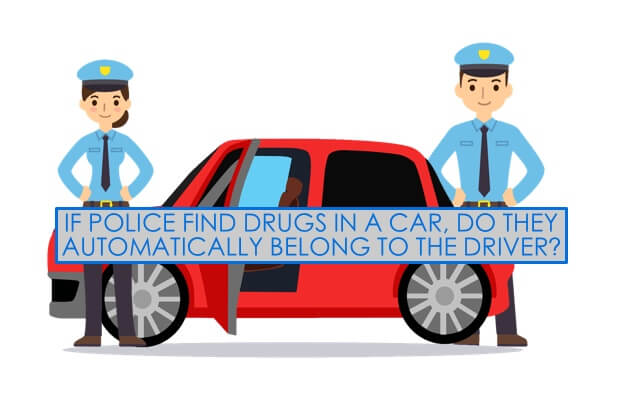
 The Court of Criminal Appeals recently handed down an opinion dealing with legal sufficiency of evidence in the context of possession of a controlled substance when it was not found in the exclusive possession of the defendant. The issue facing the Court was whether Appellant Tate intentionally or knowingly possessed methamphetamine by exercising “control, management or care” of the methamphetamine and he knew it was methamphetamine. Tex. Penal Code §1.07(a)(39). The Court found that a rational jury could infer that the owner and driver of a vehicle possessed the controlled substance found in the vehicle in plain view even when there were two other passengers.
The Court of Criminal Appeals recently handed down an opinion dealing with legal sufficiency of evidence in the context of possession of a controlled substance when it was not found in the exclusive possession of the defendant. The issue facing the Court was whether Appellant Tate intentionally or knowingly possessed methamphetamine by exercising “control, management or care” of the methamphetamine and he knew it was methamphetamine. Tex. Penal Code §1.07(a)(39). The Court found that a rational jury could infer that the owner and driver of a vehicle possessed the controlled substance found in the vehicle in plain view even when there were two other passengers.
 Recently, a friend asked me if it was legal for individuals to dress as clowns and scare the public. He also wanted to know what would happen if he were frightened by one of these clowns and shot the clown. While not asking the latter in complete seriousness, these questions do bring up potential criminal law issues.
Recently, a friend asked me if it was legal for individuals to dress as clowns and scare the public. He also wanted to know what would happen if he were frightened by one of these clowns and shot the clown. While not asking the latter in complete seriousness, these questions do bring up potential criminal law issues.
 Furr v. State (Tex. Crim. App. 2016)
Furr v. State (Tex. Crim. App. 2016)





